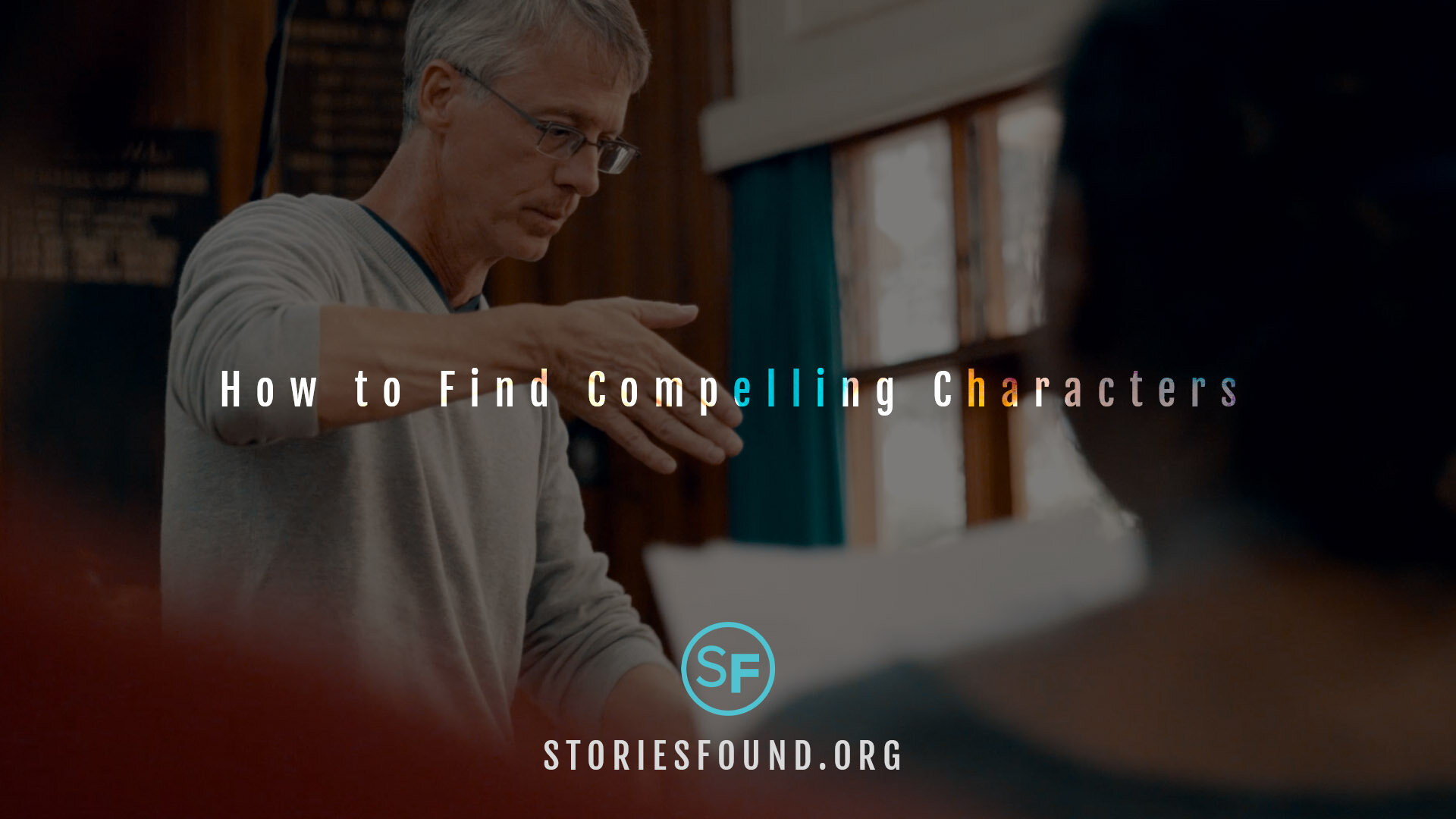How to Find Compelling Characters
The Role of Characters in Documentary
Characters are the people whose expertise, anecdotes, and actions propel your story forward.
They are the people who are closest to your story – in some cases they are the ones actually living it. Other times, your characters might be subject matter experts, or third parties who offer additional information about your story's subject. In the documentary genre, these are the people whose recorded interviews will narrate your film.
In La Mer de Pianos (dir., Tom Wrigglesworth, Mathieu Cuvelier) the main character, Marc, owns a cramped and dusty piano shop in Paris. His recorded interview – paired with shots of him and his work space – paints a vivid picture of Marc's life and daily work. Let’s take a look:
In documentaries, characters serve two main purposes:
To provide relevant information about our story (WHAT the character says or does)
To convey emotion* (HOW and WHY they say or do it)
Having characters that accomplish both is the key to creating films that people want to watch.
How do I find my story's characters?
Sometimes our story's characters are obvious. In these cases, we likely discover our characters before we discover our story. Here's an example of this scenario ...
John recently became a member of a local community garden. On his first day, he meets Wendy, the director of the gardening co-op. After speaking with her, John learns that Wendy donates a large portion of the garden's produce to a local orphanage and spends each Saturday teaching the children how to garden. Intrigued by her philanthropy, John asks if he could help her at the orphanage one weekend. She agrees and John joins her the following Saturday. During his visit, John learns that Wendy was an orphan at the very same orphanage that she volunteers at. He also learns that she was taught how to garden from one of the volunteers who worked there, and she sees her work as carrying on that legacy of giving back. Intrigued by her story, John asks Wendy if she'd be interested in letting him put together a short film about her work. She agrees.
In this case, John never set out to make a film about an ex-orphan who volunteers at her old orphanage. Instead, he met Wendy by chance and later learned about her philanthropy. Intrigued by the subject matter, he set out for more information. After learning more about her history and her motivations for giving back, he begins to visualize a potential storyline for a short film. One that has strong themes of compassion, humanity, and "coming full circle."
This method of character-first, then-story is a preferred approach in short-form documentaries. In most cases, this approach is how we discover our main characters, or the people who are actually living a story.
In other scenarios, we'll have an idea for a story first, and will then need to conduct further research to find our characters, or those who can help to illuminate our story for our audience.
The story-first, then-character method is commonly used in expository, or information-based documentaries.
In The New Orleans Sazerac (dir., James Martin) the filmmaker used the story-first, then-character approach to finding his characters. The filmmaker began with the intention of creating a documentary about the history and culture of the classic Sazerac cocktail. After a period of research, Martin sought out subject-matter experts who could share relevant information in their interviews. Let’s take a look:
Does my character have to be a person?
When we think of characters in a film, we're quick to think of human beings. However, your characters don't have to be people. They can be animals -- or even objects.
In this short film, Sam by Talweg Creative, the main character is a black lab whose owners narrate the film with anecdotes about her sweet, but reluctant manner of following orders.
In this micro-doc, The Nile (dir., Dean Peña) the viewer begs the question: Who is the character? The river? Or the fisherman who work it? Notice how no words are spoken whatsoever. Sometimes, the absence of words says more than words themselves.
Works Mentioned:
La Mer de Pianos
Tom Wrigglesworth & Mathieu Cuvelier, dir.
Short film about Marc Manceaux, the owner of the oldest piano shop in Paris.
Graded by Luke Morrison at The Mill
Mixed by Jeff Smith at 750mph
Special thanks to Clare Sullivan at 750mph
The New Orleans Sazerac
James Martin, dir.
The New Orleans Sazerac explores the expansive history and modern applications of the classic cocktail through interviews with historians, authors, experts, and bartenders. The film incorporates a period narrative, custom animations, and authentic music to fully express the story dating back to the early 1800's.
Sam
Ryan Heffernan, Grayson Schaffer, dir.
Duck hunting dogs are hardworking and obedient. But Sam likes to work on her own terms.
Camera: Nick Kelley
Editor: Kahlil Hudson
Executive Producer: Scott Ballew / Taylor Johns
Music: Doug Major
Phantom Operator: Drew Lauer
The Nile
Dean Piña, dir.

